Gem Profile- Sunstone
Today's profile on Sunstone is the last in this series on Feldspar. Did you miss any of the Feldspars that we covered? Here they are again: Amazonite, Labradorite, Moonstone, Sunstone.
Sunstone Facts
Sunstone is a type of feldspar that belongs to the plagioclase series. Like most other plagioclase crystals, for years, good specimens of sunstone were rare. However, due to large deposits found in eastern Oregon, including fine gem-grade sunstone (it became Oregon's official gemstone in 1987), sunstone is now available on a more commercial level. Sunstone is often confused with other plagioclase feldspars, such as labradorite and albite, because they are similar in specific gravity, as well as the fact that they are all made from varying amounts of the same elements. These mineral composites create rock formations, and any rock formation that has extremely smooth cleavage at the surface and is too hard to scratch with a knife or other sharp object could very well contain sunstone or one of the other plagioclase feldspars. The largest and most stable crystals, which are found in granite veins in Norway, are generally combined with calcite, quartz, epidote, and orthoclase.
Sunstone is a type of feldspar that belongs to the plagioclase series. Like most other plagioclase crystals, for years, good specimens of sunstone were rare. However, due to large deposits found in eastern Oregon, including fine gem-grade sunstone (it became Oregon's official gemstone in 1987), sunstone is now available on a more commercial level. Sunstone is often confused with other plagioclase feldspars, such as labradorite and albite, because they are similar in specific gravity, as well as the fact that they are all made from varying amounts of the same elements. These mineral composites create rock formations, and any rock formation that has extremely smooth cleavage at the surface and is too hard to scratch with a knife or other sharp object could very well contain sunstone or one of the other plagioclase feldspars. The largest and most stable crystals, which are found in granite veins in Norway, are generally combined with calcite, quartz, epidote, and orthoclase.
Sunstone's name seems to have come from the bright flashes of light it can throw, or perhaps its color, which resembles the setting sun. Sunstone is sometimes called aventurine feldspar, because it can have the appearance of aventurine, as well as have a reflective effect like schiller, specifically called aventurescence. This type of sunstone is oligoclase, while some sunstone is orthoclase. Oligoclase sunstone is also called heliolite, literally "sun stone" in Greek; this specific type of sunstone, sometimes called confetti stone, can have a mass of glittering hematite particles in it (see picture).
Confetti Sunstone, cut and polished, then wrapped with 22-gauge sterling silver square wire and accented with a CZ snapset, by Beba Adams
Confetti Sunstone, cut and polished, then wrapped with 22-gauge sterling silver square wire and accented with a CZ snapset, by Beba Adams

Oligoclase was given its name in 1826 by August Breithaupt, a German mineralogist and professor at Freiberg Mining Academy who succeeded Friedrich Mohs (from whom we get the well-known Mohs scale). The name comes from the Greek oligos, meaning "little," and clasei, meaning "to break" because it can be extremely brittle and has a less perfect cleavage than albite. Oligoclase ranges from a 6 to a 6.5 on the Mohs scale, has a specific gravity of 2.6, and is made of tabular crystals of hematite and goethite that are twinned, meaning that it is made up of two or more components that are reversed in relation to one another but exist in the same plane. These reversals can occur due to sporadic magnetic reversals of the Earth's poles.
Faceted sunstone mined and cut by Bob Bleily, all from Oregon, USA. Private collection, Dale Armstrong.
Faceted sunstone mined and cut by Bob Bleily, all from Oregon, USA. Private collection, Dale Armstrong.

Sunstone Sources and Appearance
Sunstone is mainly found in India, the United States, Canada, Norway, China, and Russia. Oligoclase is clear for the most part and white in appearance, almost glass-like, but occasionally, when it is closer in form to a gemstone, it will have a slight bluish sheen. These oligoclase formations that range from translucent to pale blue in color can be found in North Carolina and Tanzania. Crystals that are found in weathered marble can be found in St. Lawrence County, New York. Sunstone is also found in Millard County, Utah. Some oligoclase contains hematite (iron oxide) inclusions, which cause sunstone to brilliantly reflect the sun's light.
When a sunstone is cut as a cabochon, a reddish, sparkling, sun-like appearance occurs. When it is found to be colorless and translucent in its natural form (such as the variety of oligoclase found in North Carolina), it is faceted as a gemstone. This can sometimes be confused with moonstone when it is white due to its luminescent glow. Oregon Sunstone is the only kind of sunstone which contains miniscule copper flecks, which cause the stones to range from clear to red and pink to even green - some stones even changing color in different light, like alexandrite.
A sunstone cabochon wrapped into a pendant by WS Faculty member Sherrie Lingerfelt.
Sunstone is mainly found in India, the United States, Canada, Norway, China, and Russia. Oligoclase is clear for the most part and white in appearance, almost glass-like, but occasionally, when it is closer in form to a gemstone, it will have a slight bluish sheen. These oligoclase formations that range from translucent to pale blue in color can be found in North Carolina and Tanzania. Crystals that are found in weathered marble can be found in St. Lawrence County, New York. Sunstone is also found in Millard County, Utah. Some oligoclase contains hematite (iron oxide) inclusions, which cause sunstone to brilliantly reflect the sun's light.
When a sunstone is cut as a cabochon, a reddish, sparkling, sun-like appearance occurs. When it is found to be colorless and translucent in its natural form (such as the variety of oligoclase found in North Carolina), it is faceted as a gemstone. This can sometimes be confused with moonstone when it is white due to its luminescent glow. Oregon Sunstone is the only kind of sunstone which contains miniscule copper flecks, which cause the stones to range from clear to red and pink to even green - some stones even changing color in different light, like alexandrite.
A sunstone cabochon wrapped into a pendant by WS Faculty member Sherrie Lingerfelt.

Sunstone in Culture
In contrast to moonstone, which in 11th century Europe was believed to bring about reunification of lovers, sunstone is thought to be representative of wellness, physical energy, vigor, and valor. The ancient Greeks believed that sunstone represented a means to protect the Earth and keep the Sun on its correct course. Sunstone was also found in an 18th century excavation of an Aztec calendar, as well as being mentioned in medieval Icelandic texts to reveal the position of the sun in overcast skies (although this might have been a reference to a generic "sun stone," not a specific gem). Sunstone has also been used by crystal healers to clear the chakras and promote wellness and peace of mind. A common manmade imitation of sunstone is goldstone, which is a glass gemstone simulant that possesses the same glittery, aventurescent effect as sunstone.
Sunstone wrapped with 21-gauge square sterling silver wire and Swarovski® accents by Deborah Hamilton
In contrast to moonstone, which in 11th century Europe was believed to bring about reunification of lovers, sunstone is thought to be representative of wellness, physical energy, vigor, and valor. The ancient Greeks believed that sunstone represented a means to protect the Earth and keep the Sun on its correct course. Sunstone was also found in an 18th century excavation of an Aztec calendar, as well as being mentioned in medieval Icelandic texts to reveal the position of the sun in overcast skies (although this might have been a reference to a generic "sun stone," not a specific gem). Sunstone has also been used by crystal healers to clear the chakras and promote wellness and peace of mind. A common manmade imitation of sunstone is goldstone, which is a glass gemstone simulant that possesses the same glittery, aventurescent effect as sunstone.
Sunstone wrapped with 21-gauge square sterling silver wire and Swarovski® accents by Deborah Hamilton

Resources
Print Resources:
Eyewitness Handbooks' Rocks and Minerals by Chris Pellant, ISBN 1-56458-033-4
Peterson Field Guide to Rocks and Minerals by Frederick H. Pough, ISBN-0-395-91096-X
Smithsonian Rock and Gem by Ronald Louis Bonewitz, ISBN 0-7566-0962-3
Internet Resources:
www.mindat.org
www.wikipedia.org
Print Resources:
Eyewitness Handbooks' Rocks and Minerals by Chris Pellant, ISBN 1-56458-033-4
Peterson Field Guide to Rocks and Minerals by Frederick H. Pough, ISBN-0-395-91096-X
Smithsonian Rock and Gem by Ronald Louis Bonewitz, ISBN 0-7566-0962-3
Internet Resources:
www.mindat.org
www.wikipedia.org
Materials

Wire

Cabochons by Gemstone

Beads by Gemstone
Tools

WireJewelry - Ultimate Wire-Pliers Jewelry Pliers with Case, Set of 5
G15-20
- G15-20
- Lesson Quantity: 1.00 pieces
- Purchase Quantity: 1.00 each
- Price: $170.72
- Gold Club Price: $128.04

Bench Tools
- Category: General Education
- Technique(s): General Education














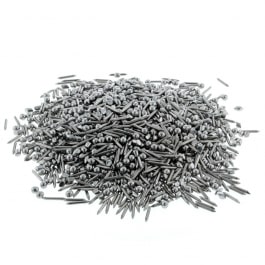







 About Jewelry Chain- About Ball Chain
About Jewelry Chain- About Ball Chain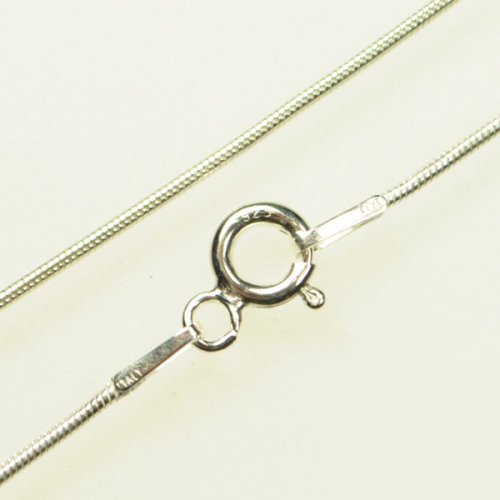 About Jewelry Chain- Snake Chain and Omega Chain
About Jewelry Chain- Snake Chain and Omega Chain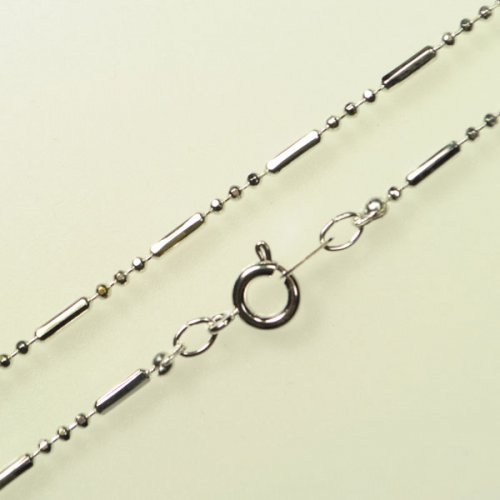 About Jewelry Chain- Bar Chain and Peanut Chain
About Jewelry Chain- Bar Chain and Peanut Chain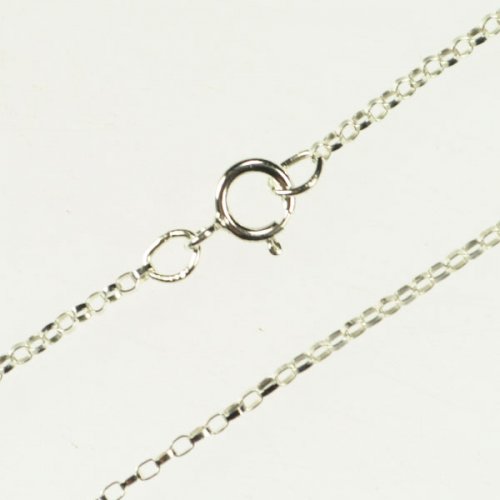 About Jewelry Chain - Cable Chain and Rolo Chain
About Jewelry Chain - Cable Chain and Rolo Chain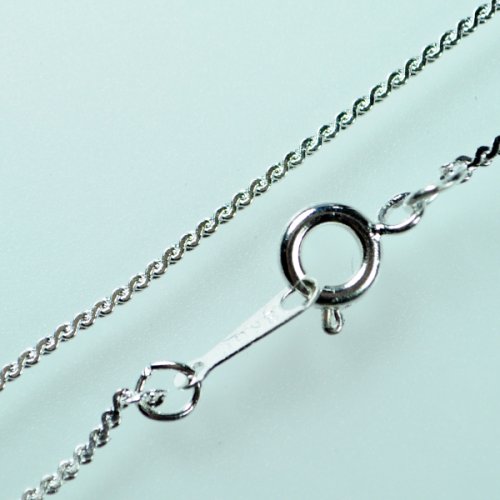 About Jewelry Chain- Curb Chain and Gourmette Chain
About Jewelry Chain- Curb Chain and Gourmette Chain About Jewelry Chain- Figaro Chain
About Jewelry Chain- Figaro Chain About Jewelry Chain- Infinity Chain and Anchor Chain
About Jewelry Chain- Infinity Chain and Anchor Chain About Jewelry Chain- Chain Reference Sheet
About Jewelry Chain- Chain Reference Sheet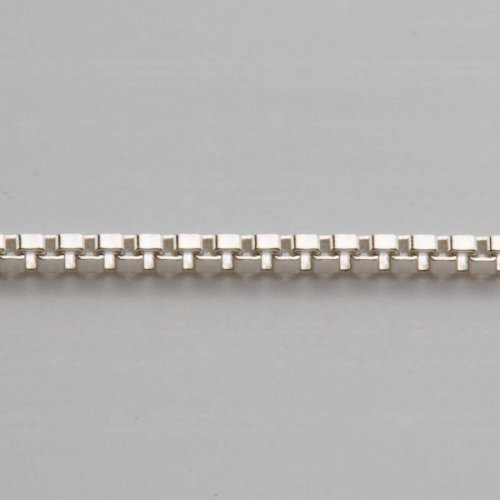 About Jewelry Chain- Venetian Chain and Box Chain
About Jewelry Chain- Venetian Chain and Box Chain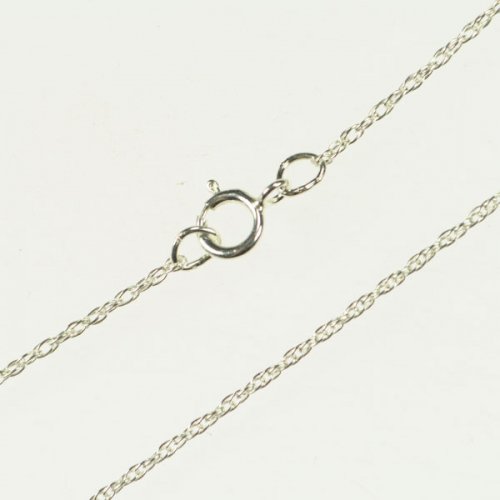 About Jewelry Chain- Wheat Chain and Rope Chain
About Jewelry Chain- Wheat Chain and Rope Chain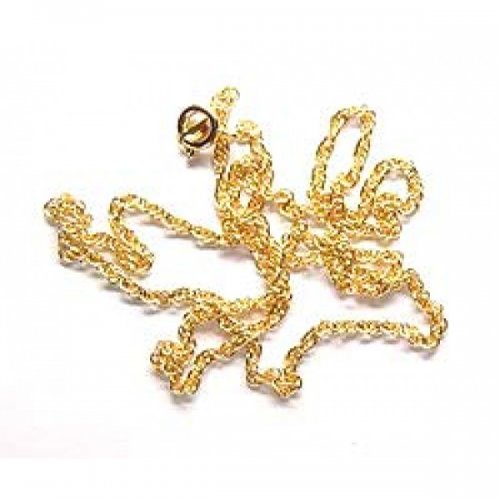 Introduction to Chain
Introduction to Chain Access More Money by Making Jewelry When Your Prices Are Right
Access More Money by Making Jewelry When Your Prices Are Right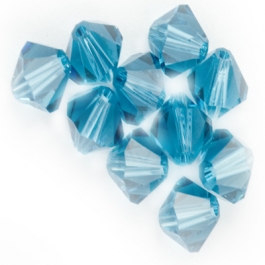 An Introduction to Beads and Beading
An Introduction to Beads and Beading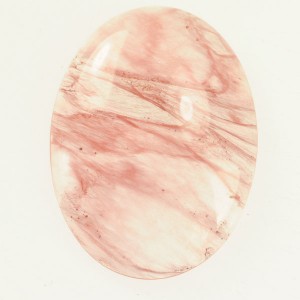 Common Gemstone Misconceptions
Common Gemstone Misconceptions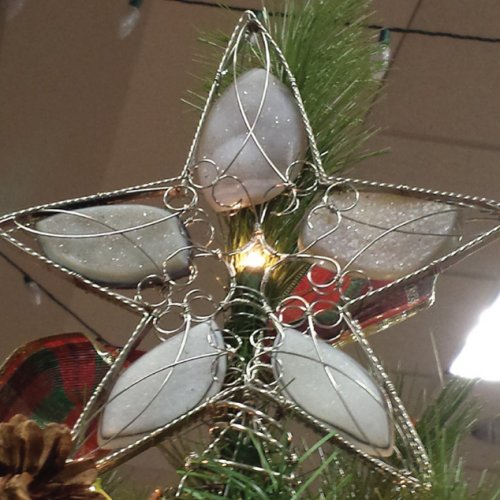 Wire Wrapped Christmas Tree
Wire Wrapped Christmas Tree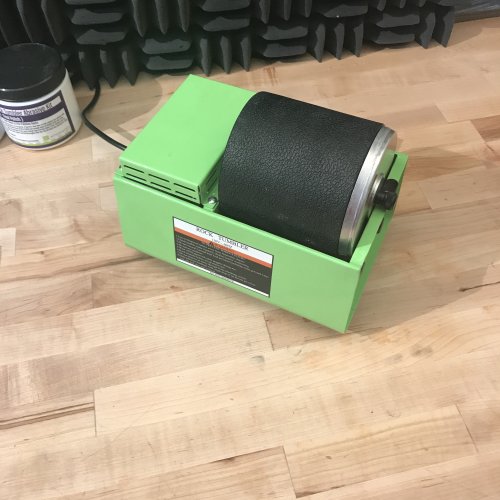 How To Polish Metal Jewelry using a Rotary Tumbler
How To Polish Metal Jewelry using a Rotary Tumbler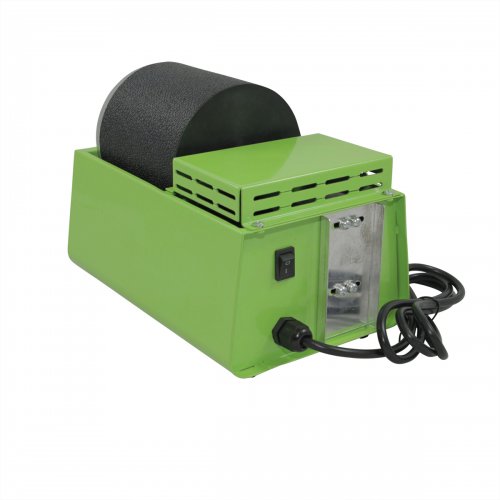 How To Polish Your Own Rocks using a Rotary Rock Tumbler
How To Polish Your Own Rocks using a Rotary Rock Tumbler How to Merchandise Your Jewelry on the Internet
How to Merchandise Your Jewelry on the Internet How to Use Twitter as a Wire Jewelry Artist
How to Use Twitter as a Wire Jewelry Artist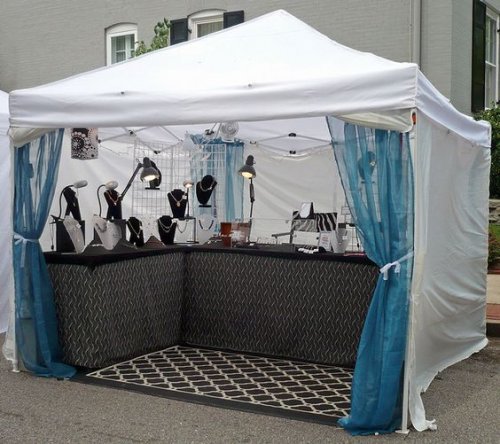 20 Ideas to get your Jewelry Biz Busy
20 Ideas to get your Jewelry Biz Busy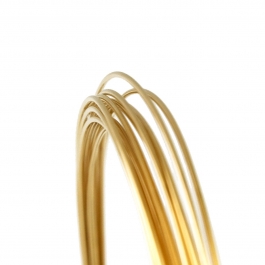 Watching the Precious Metals Market
Watching the Precious Metals Market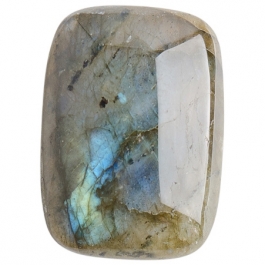 Jewelry Design Ideas - Get Inspired
Jewelry Design Ideas - Get Inspired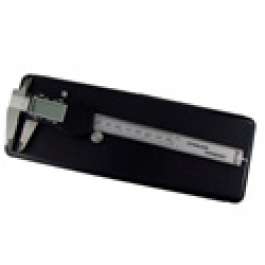 Measuring Tools
Measuring Tools July Birthstone - The Ruby
July Birthstone - The Ruby February Birthstone- Amethyst
February Birthstone- Amethyst March Birthstone - Aquamarine and Bloodstone
March Birthstone - Aquamarine and Bloodstone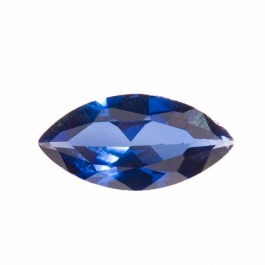 September Birthstone - Sapphire
September Birthstone - Sapphire November Birthstones - Topaz and Citrine
November Birthstones - Topaz and Citrine October Birthstones - Rose Zircon, Pink Tourmaline and Opal
October Birthstones - Rose Zircon, Pink Tourmaline and Opal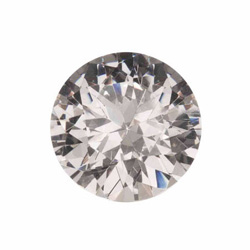 April Birthstone - The Diamond
April Birthstone - The Diamond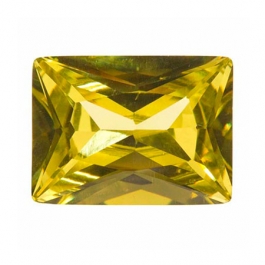 August Birthstone - Peridot and Sardonyx
August Birthstone - Peridot and Sardonyx June Birthstones - Alexandrite, Pearl and Moonstone
June Birthstones - Alexandrite, Pearl and Moonstone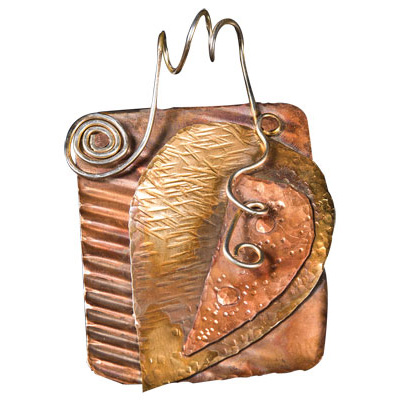 Metalsmithing
Metalsmithing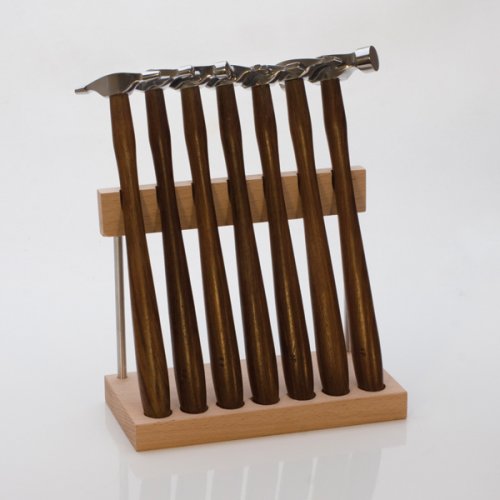 Featured Tool - Mini TruStrike Hammers
Featured Tool - Mini TruStrike Hammers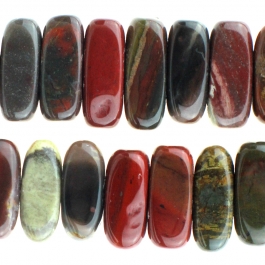 Natural Jasper Stones - Cabochon Gemstones
Natural Jasper Stones - Cabochon Gemstones Organize Your Jewelry Box
Organize Your Jewelry Box Pearls- It's a Cultural Thing
Pearls- It's a Cultural Thing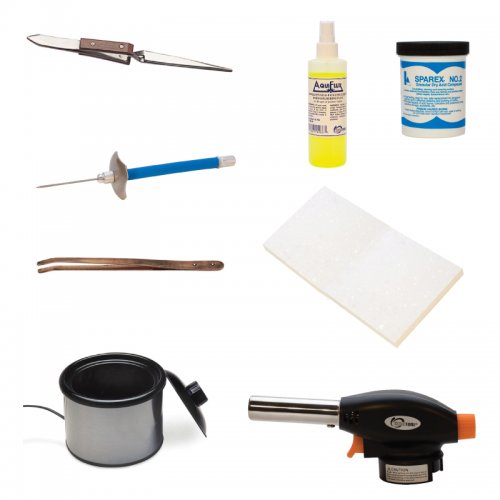 Soldering 101
Soldering 101 Starting Your Own Home Jewelry Business
Starting Your Own Home Jewelry Business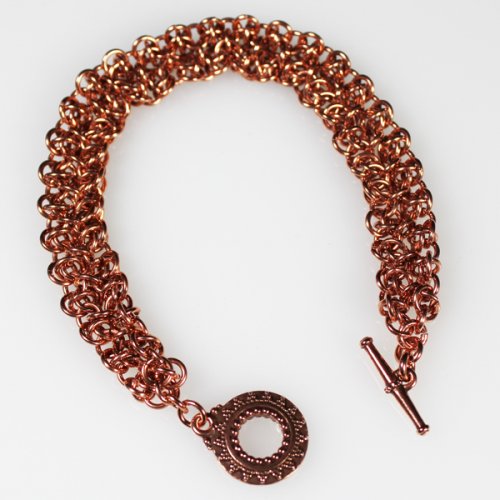 The Art of Creating Chainmail
The Art of Creating Chainmail Why Should I Be Using Facebook
Why Should I Be Using Facebook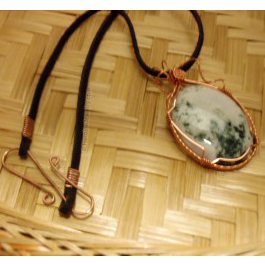 Make Handmade Neck Cords on a Dime
Make Handmade Neck Cords on a Dime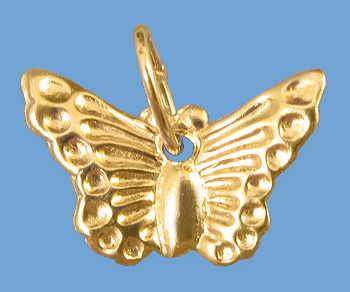 Tagging Handmade Jewelry Gifts
Tagging Handmade Jewelry Gifts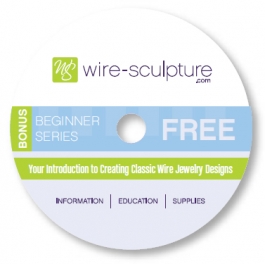 Share Your Expertise with Your Community
Share Your Expertise with Your Community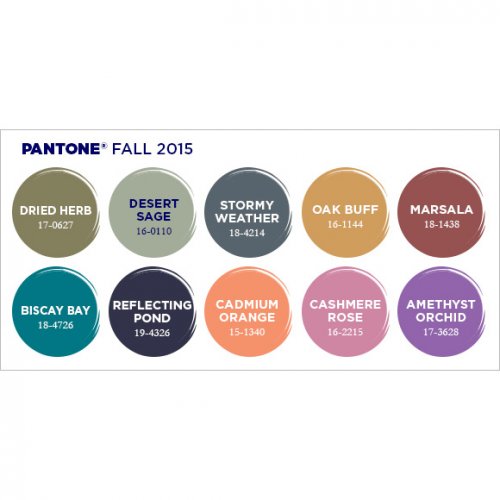 Creating Color Schemes for Jewelry Making
Creating Color Schemes for Jewelry Making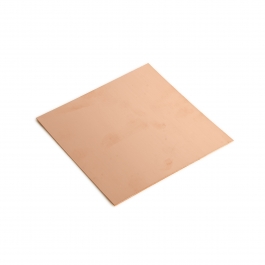 Bronze, Brass, Nickel Silver and Copper Base Metals
Bronze, Brass, Nickel Silver and Copper Base Metals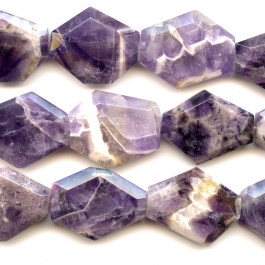 Gemstone Treatments
Gemstone Treatments How Wire is Made
How Wire is Made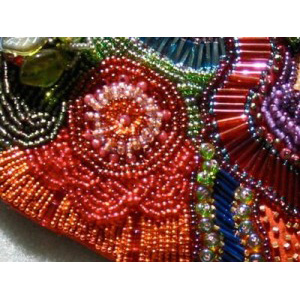 Beading A-B-C's
Beading A-B-C's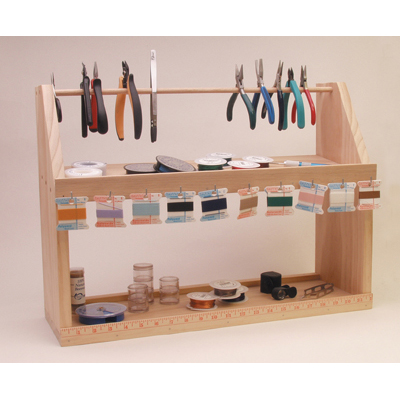 How to Set Up Your Workspace
How to Set Up Your Workspace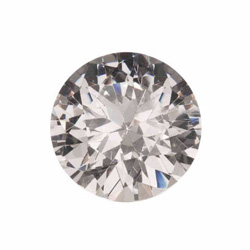 Gem Profile- Diamond
Gem Profile- Diamond Gem Profile- Peridot
Gem Profile- Peridot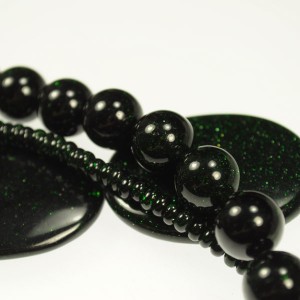 Gem Profile- Goldstone
Gem Profile- Goldstone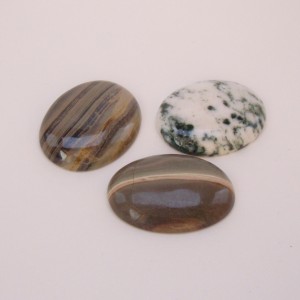 Gem Profile- Cryptocrystalline Quartz Introduction
Gem Profile- Cryptocrystalline Quartz Introduction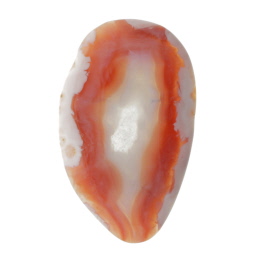 Gem Profile- Banded Agate and Brecciated Agate
Gem Profile- Banded Agate and Brecciated Agate Gem Profile- Emerald
Gem Profile- Emerald Gem Profile- Titanite or Sphene
Gem Profile- Titanite or Sphene Gem Profile- Morganite
Gem Profile- Morganite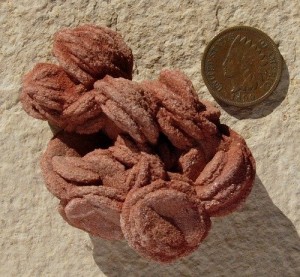 Gem Profile- Desert Rose
Gem Profile- Desert Rose Gem Profile- Iolite
Gem Profile- Iolite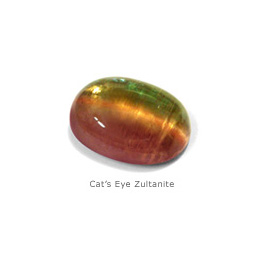 Gem Profile- Zultanite
Gem Profile- Zultanite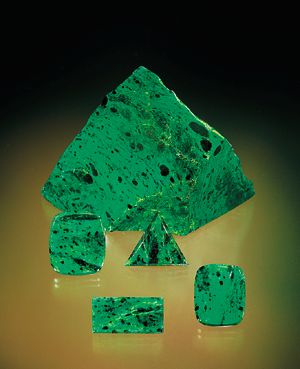 Gem Profile- Maw Sit Sit
Gem Profile- Maw Sit Sit Gem Profile- Tanzanite
Gem Profile- Tanzanite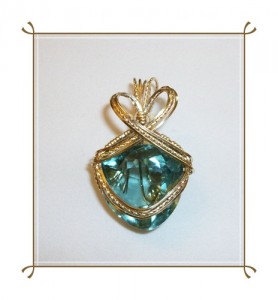 Gem Profile- Aquamarine
Gem Profile- Aquamarine Gem Profile- Turquoise
Gem Profile- Turquoise Gem Profile- Turquoise Types
Gem Profile- Turquoise Types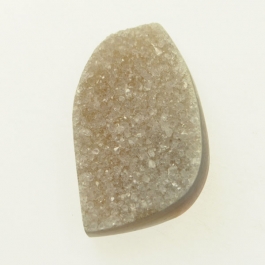 Gem Profile- What's Druze
Gem Profile- What's Druze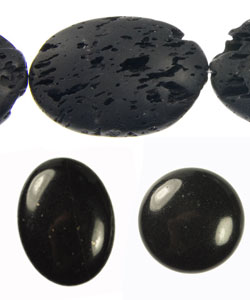 Gem Profile- Basalt
Gem Profile- Basalt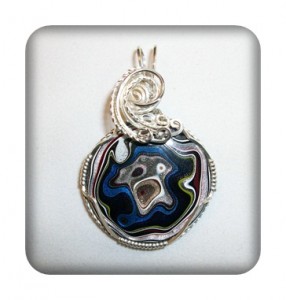 Gem Profile- Fordite
Gem Profile- Fordite Gem Profile- Variscite
Gem Profile- Variscite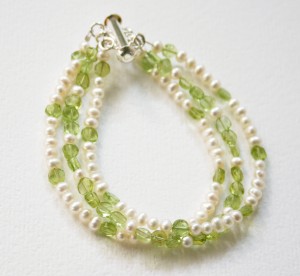 Gem Profile- Pearls
Gem Profile- Pearls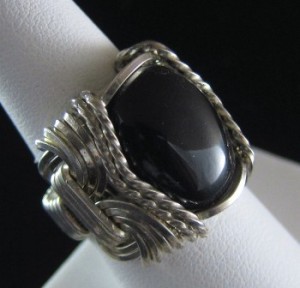 Gem Profile- Onyx
Gem Profile- Onyx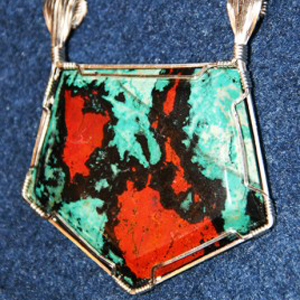 Gem Profile- Sonora Sunrise
Gem Profile- Sonora Sunrise Gem Profile- Rhodonite
Gem Profile- Rhodonite Gem Profile- Glass, Crystal and Quartz
Gem Profile- Glass, Crystal and Quartz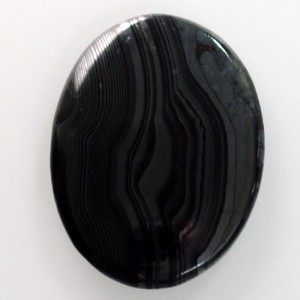 Gem Profile- Psilomelane
Gem Profile- Psilomelane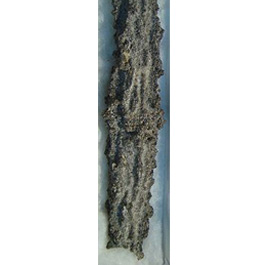 Gem Profile- Fulgurite
Gem Profile- Fulgurite Gem Profile- Cat's Eye
Gem Profile- Cat's Eye Gem Profile- Carnelian
Gem Profile- Carnelian Gem Profile- Petoskey Stones and Indonesian Fossil Coral
Gem Profile- Petoskey Stones and Indonesian Fossil Coral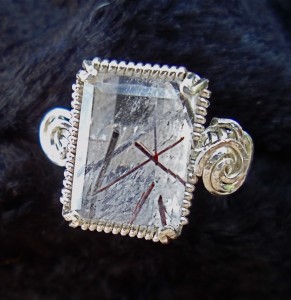 Gem Profile- Rutilated Quartz
Gem Profile- Rutilated Quartz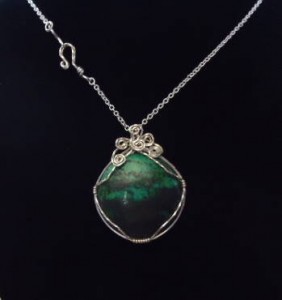 Gem Profile- Chrysocolla
Gem Profile- Chrysocolla Gem Profile- Jet
Gem Profile- Jet Gem Profile- Chrysoprase
Gem Profile- Chrysoprase Gem Profile- Rhyolite
Gem Profile- Rhyolite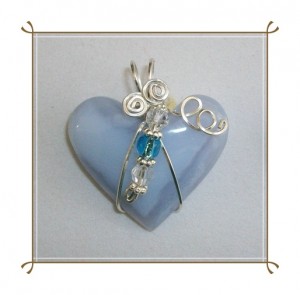 Gem Profile- Chalcedony
Gem Profile- Chalcedony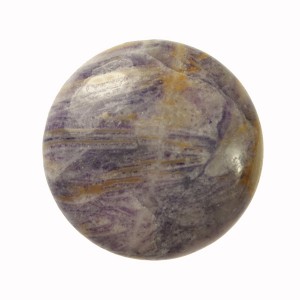 Gem Profile- Lepidolite and Sugilite
Gem Profile- Lepidolite and Sugilite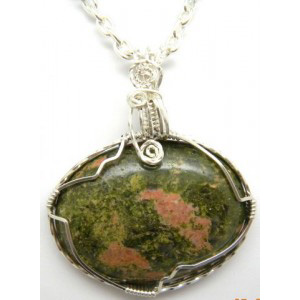 Gem Profile- Unakite
Gem Profile- Unakite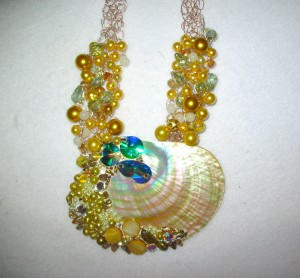 Gem Profile- Cowrie Shells, Conch Shells, and Drilling Shells
Gem Profile- Cowrie Shells, Conch Shells, and Drilling Shells Gem Profile- Mother of Pearl
Gem Profile- Mother of Pearl Gem Profile- Moss Agate and Plume Agate
Gem Profile- Moss Agate and Plume Agate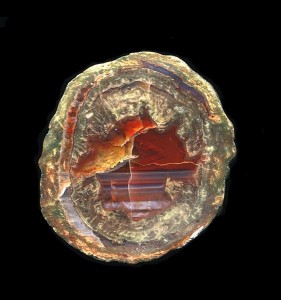 Gem Profile- Thundereggs and Mexican Lace Agate
Gem Profile- Thundereggs and Mexican Lace Agate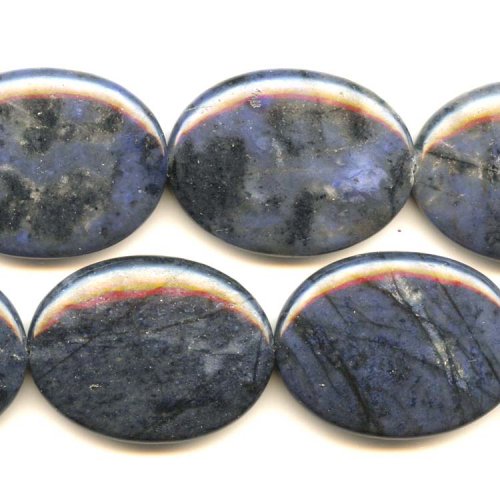 Gem Profile- Dumortierite
Gem Profile- Dumortierite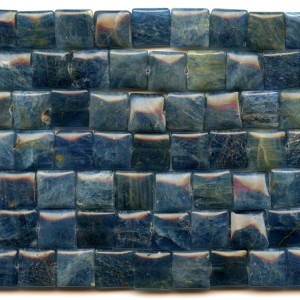 Gem Profile- Apatite
Gem Profile- Apatite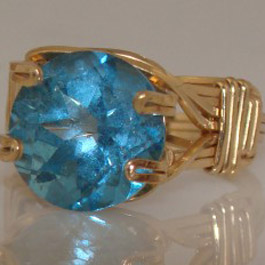 Gem Profile- Blue Topaz
Gem Profile- Blue Topaz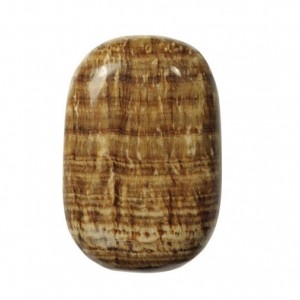 Gem Profile- Aragonite
Gem Profile- Aragonite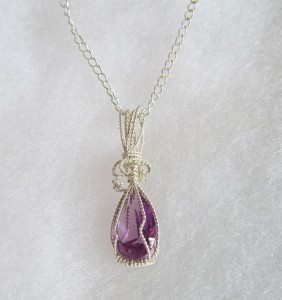 Gem Profile- Zircon and Cubic Zirconia
Gem Profile- Zircon and Cubic Zirconia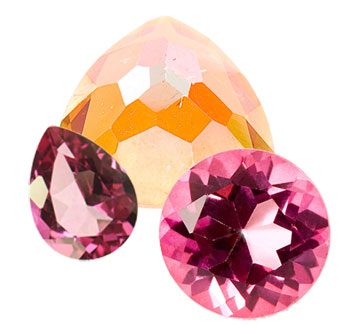 Gem Profile- Topaz
Gem Profile- Topaz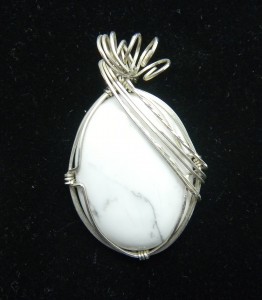 Gem Profile- Howlite
Gem Profile- Howlite Gem Profile- Sodalite
Gem Profile- Sodalite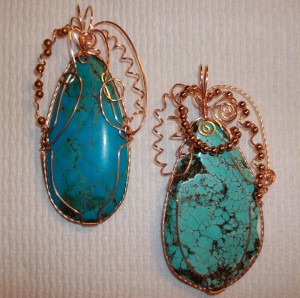 Gem Profile- Magnesite
Gem Profile- Magnesite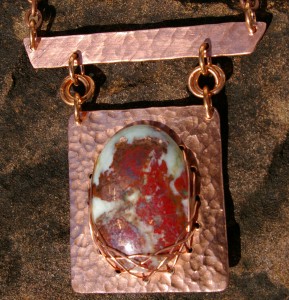 Gem Profile- Cuprite
Gem Profile- Cuprite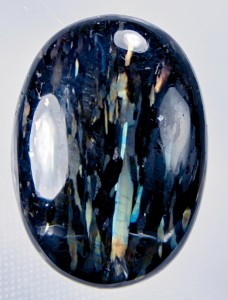 Gem Profile- Nuummite
Gem Profile- Nuummite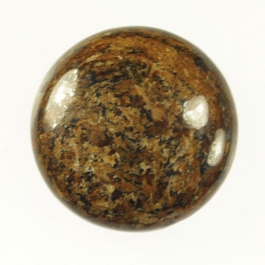 Gem Profile- Bronzite
Gem Profile- Bronzite Gem Profile- Kyanite
Gem Profile- Kyanite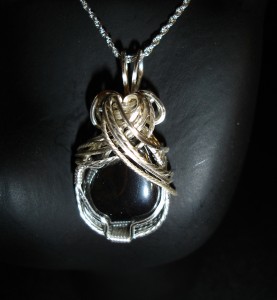 Gem Profile- Hematite
Gem Profile- Hematite Gem Profile- Derbyshire Blue John
Gem Profile- Derbyshire Blue John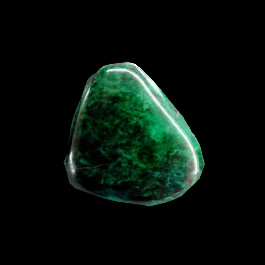 Gem Profile- Eilat Stone
Gem Profile- Eilat Stone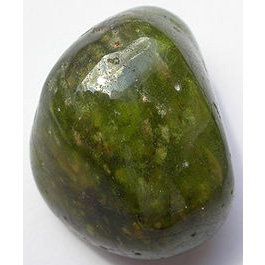 Gem Profile- Vesuvianite
Gem Profile- Vesuvianite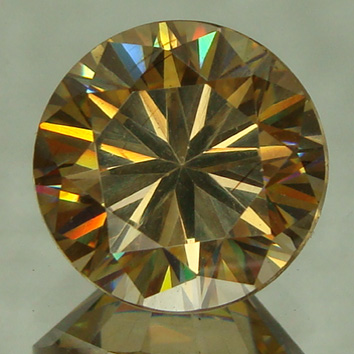 Gem Profile- Strontium Titanate -Fabulite
Gem Profile- Strontium Titanate -Fabulite Gem Profile- Tourmaline
Gem Profile- Tourmaline Gem Profile- Larimar
Gem Profile- Larimar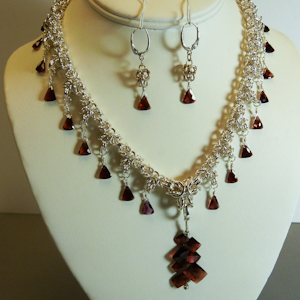 Gem Profile- Garnet
Gem Profile- Garnet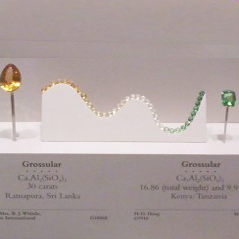 Gem Profile- Tsavorite and Green Garnets
Gem Profile- Tsavorite and Green Garnets Gem Profile- Seraphinite
Gem Profile- Seraphinite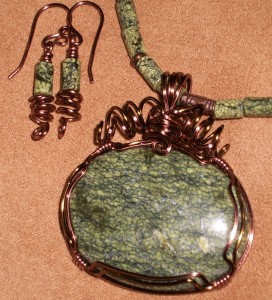 Gem Profile- Serpentine
Gem Profile- Serpentine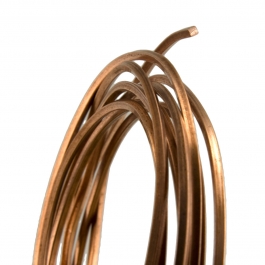 American Wire Gauge
American Wire Gauge Viking Knit and Spool Knit Chain
Viking Knit and Spool Knit Chain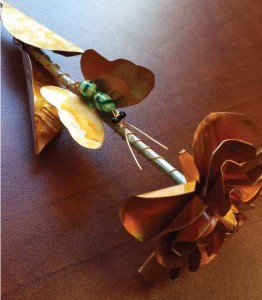 Copper Roses
Copper Roses How to Make Medical ID Bracelets Special
How to Make Medical ID Bracelets Special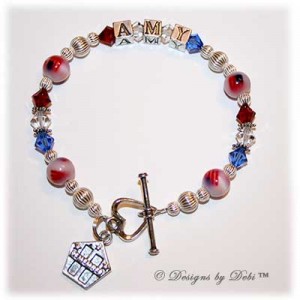 Remembering the Fallen
Remembering the Fallen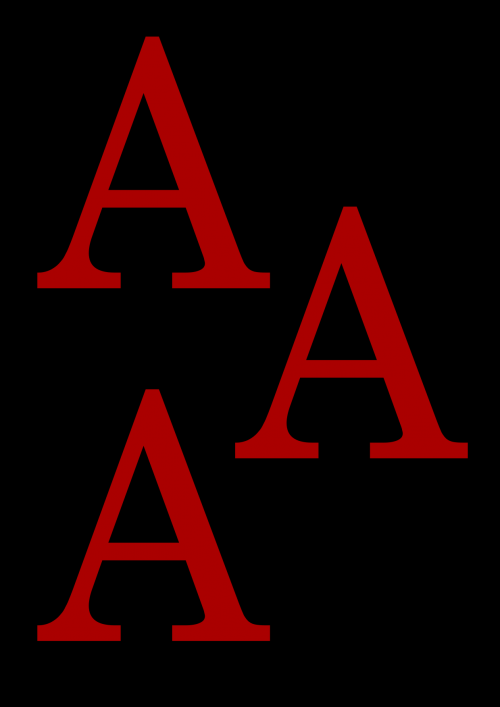 6 Ways to Find Your Uniqueness in Jewelry
6 Ways to Find Your Uniqueness in Jewelry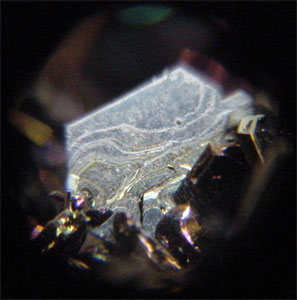 Gem Profile- Moissanite
Gem Profile- Moissanite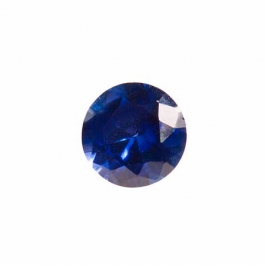 Birthstone Swarovski Colors
Birthstone Swarovski Colors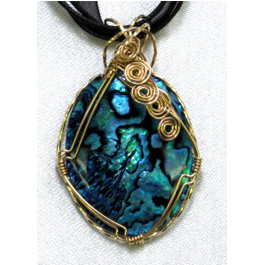 Gem profile- Paua and Abalone
Gem profile- Paua and Abalone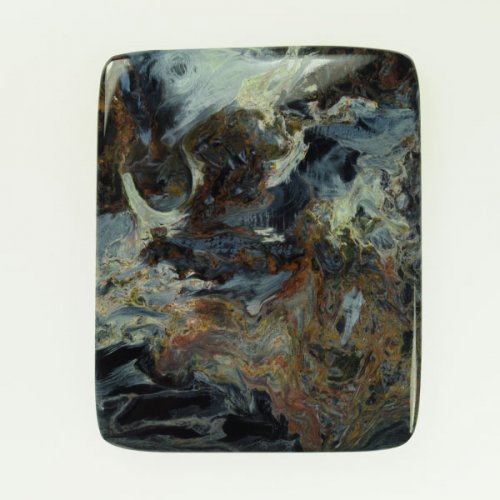 Tips for Tucson Shopping- Gem Show Secrets
Tips for Tucson Shopping- Gem Show Secrets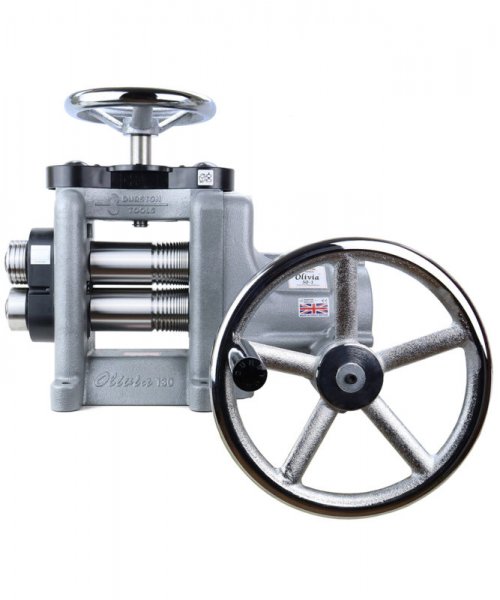 Durston Olivia Rolling Mills
Durston Olivia Rolling Mills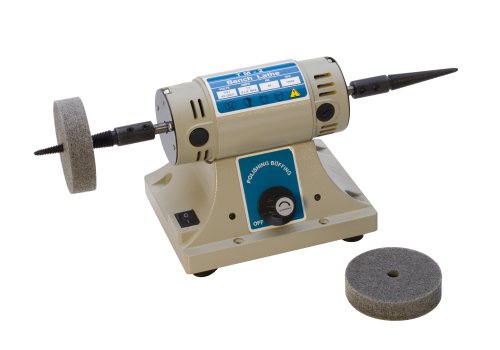 How to Use a Jewelry Bench Polisher Effectively
How to Use a Jewelry Bench Polisher Effectively 
